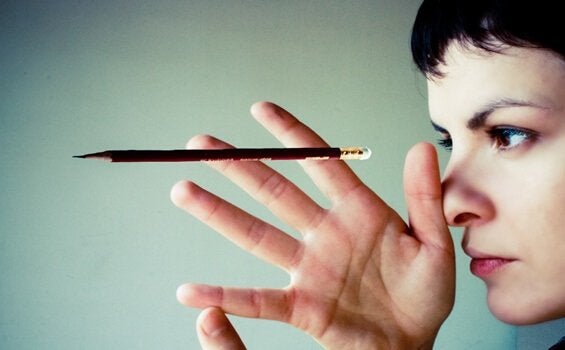The creative brain is amazing: it is playful, emotional, free and tireless, does not believe in finite things, for him the world is full of possibilities, and chooses to be connected to everything to learn with any stimulus. He doesn’t even realize how certain things come to him, because thoughts come to mind like lightning, like colorful fish that stand out from others.
Steve Jobs said that creativity arises when we learn to connect elements, it’s about connecting our reality with past experiences and daring to create new and stimulating things that not everyone understands at first, but that will then open up other opportunities and innovations that every company needs, the human capital that our society deserves.
- “Creative people have extremes in conflict; instead of being an “individual.
- ” each of them is a crowd.
- ?Mihaly Csikszentmihalyi?.
As curious as it is, to this day we still have misconceptions about creativity and the creative brain, for example, we believe that the ability to create innovative and original ideas is related to intelligence, and some people continue to believe in hemispheric model law as the center and source of our creativity. It’s not like that. Myths continue to spread many ideas that science has already shown to be wrong.
First of all, to understand that creativity is a skill with which we are all born, to give it power, to use it you have to start to see the world and ourselves in another way, that’s what we’ll talk about in this article.
The creative brain works differently. A recent study published at the National Academy of Sciences reveals something neuropsychologists have already felt: creative people have more connected neural structures than others, thanks to MRI tests you have seen how much more complex their functional and neural connectivity is. It’s fascinating.
So, “does it fall to the ground? Again, the idea of associating creativity exclusively with the right hemisphere. “The person accustomed to generating innovative, risky and original ideas presents a symphony of interaction in the two hemispheres: left and right. Now, discoveries about the creative brain don’t stop there, they have even more interesting features.
As we have already said, the neural architecture of the creative person has more connections and is denser, this explains his mental approach always flexible, open to ambiguity and uncertainty, if the more rigid minds are unable to accept contradictory data, does the creative person see it?as a challenge and try to find explanations, play with probabilities, with heuristics?
Creatives do not have, on average, a particularly impressive IQ. We all remember, for example, the famous study by psychologist Frank X. Barron in 1956, which brought together renowned architects, scientists and writers such as Truman Capote, William Carlos Williams. and Frank O’Connor in a former Berkeley mansion. I wanted to understand how the most creative minds in the country worked.
What you learned in this study with this diverse group of people is
Introspection is another characteristic of creative people, they are more self-aware and know how to combine their darker areas with the brightest ones, as they are able to perceive their own limitations, defects and sensitivities, often have better mental health.
Neurologist Marcus Raichle did an interesting job in 2001 on creativity, in this study he concluded something revealing: the creative brain is extremely confused. We already know that creative innovation is not in the right hemisphere; in fact, it’s incredibly scattered.
After more than 30 years of study, Mihaly Csikszentmihalyi has concluded that creative people are complex personalities: there is not only one person in your brain, it is as if there is a whole team of professionals demanding things, suggesting ideas and new interests.
It’s these voices that motivate them. However, they can suggest many ideas, many projects at the same time and sometimes contradictory. In fact, it is one of the most common problems of the creative brain: learning to control all these flows of thoughts, emotions and cognitions, etc.

